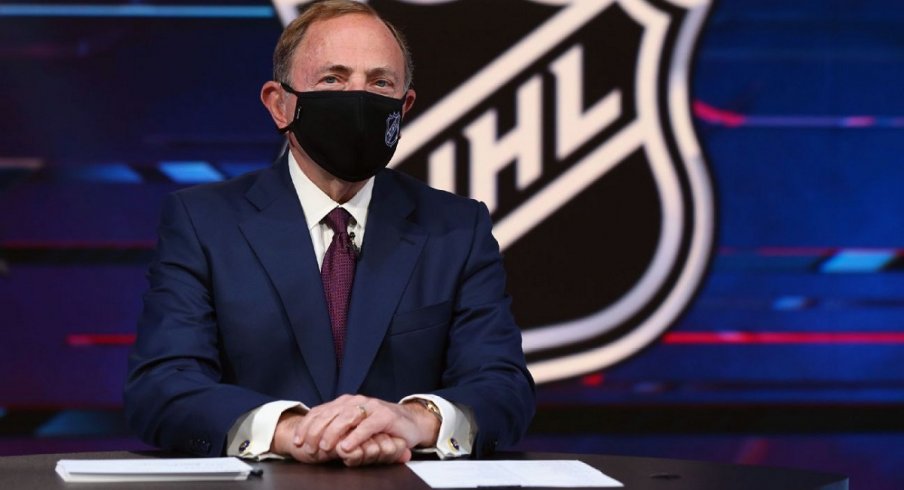After months of wall-to-wall coverage, the NFL Draft is mercifully over.
And while I'll be the first to bemoan the circus that the NFL Draft has become, I have to admit that the system is truly just. There is no lottery, and yet tanking doesn't run roughshod through the league. And when NFL teams lose free agent players, they are compensated - not by the benefiting team, mind you - by the league (Note: MLB has a similar compensatory pick program).
The NFL awarded such 33 compensatory picks (37 in total) in the recently completed draft.
Per the league, compensatory picks are awarded to a team losing more or better compensatory free agents than it acquires in the previous year. The choices are positioned within the third through sixth rounds based on the value of the compensatory free agents lost.
Compensatory free agents are determined by a formula based on salary, playing time and postseason honors. The NFL management council developed the formula. Not every free agent lost or signed by a club is covered by this formula. No club may receive more than four compensatory picks in any one year.
The NFL creates these picks out of thin air; they are simply added throughout the draft. The system is effective because it works for all parties: the team that acquires the free agent gets a player they clearly coveted. The team that loses the free agent is at least somewhat compensated (even if it's not full market value). The free agent is free to pursue his own interests.
I can't help but wonder about previous versions of the Columbus Blue Jackets. In the summer of 2019, when Artemi Panarin, Matt Duchene, Sergei Bobrovsky, etc. left via free agency, the Blue Jackets were "compensated" with 'salary cap space'. And while it's hard to say that a theoretical draft pick or three would have paid dividends by now, it isn't hard to say that the created cap space has definitively not been a worthwhile tradeoff.
Compensatory picks aren't a new concept in the NHL. In 2015, teams were compensated when an executive/coach was hired by a new team. This idea didn't last long, and the kibosh was put on effective 1/1/2016 after just seven such instances.
True to form, the Blue Jackets were one of those seven instances, as they had to surrender their 2017 second-round pick (#55 overall) when John Tortorella, who was fired by the Vancouver Canucks, was hired in Columbus. Fortunately, Jonah Gadjovich hasn't amounted to anything more than an AHL player.
As noted on the most recent podcast episode of The Athletic Hockey Show, a compensatory draft pick program similar to that in the NFL and MLB used to exist in the NHL, but only for 'small market' teams. In the pre-salary cap era, it was used as a way to level the playing field. Unfortunately, teams used it as a loophole (today I learned that Mark Messier was a member of the San Jose Sharks for one day), and that was that.
The reality is that, while a salary cap has created more justice than the prior system, it's not a perfectly equitable system (not that one could ever exist). Some teams benefit from their state's favorable tax laws. Others are able to use their substantial financial backing to pay their players largely in up-front bonuses. Others wisely wield their historical significance or winning culture as a selling point to free agents. The Blue Jackets, 20 years into their existence, boast the city's nice zoo and great suburbs.
But this isn't a Columbus-only issue. Free agents leave big markets all the time, for better opportunities, higher pay, a fresh start, etc. Adding compensatory picks would at least put teams on a somewhat level footing.
